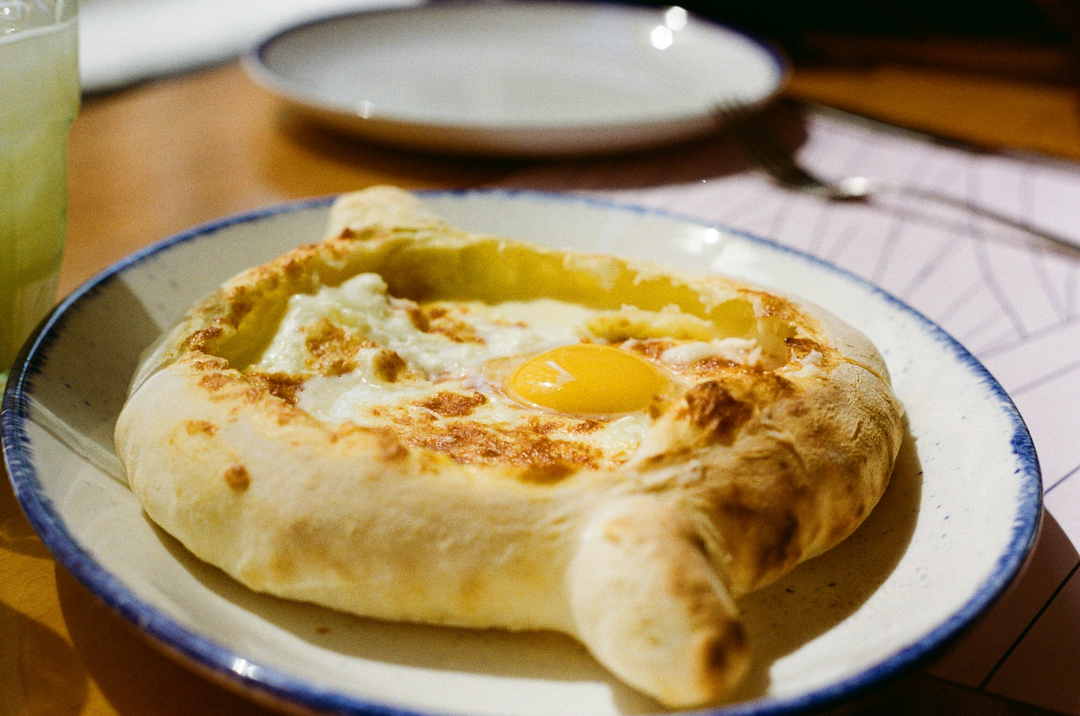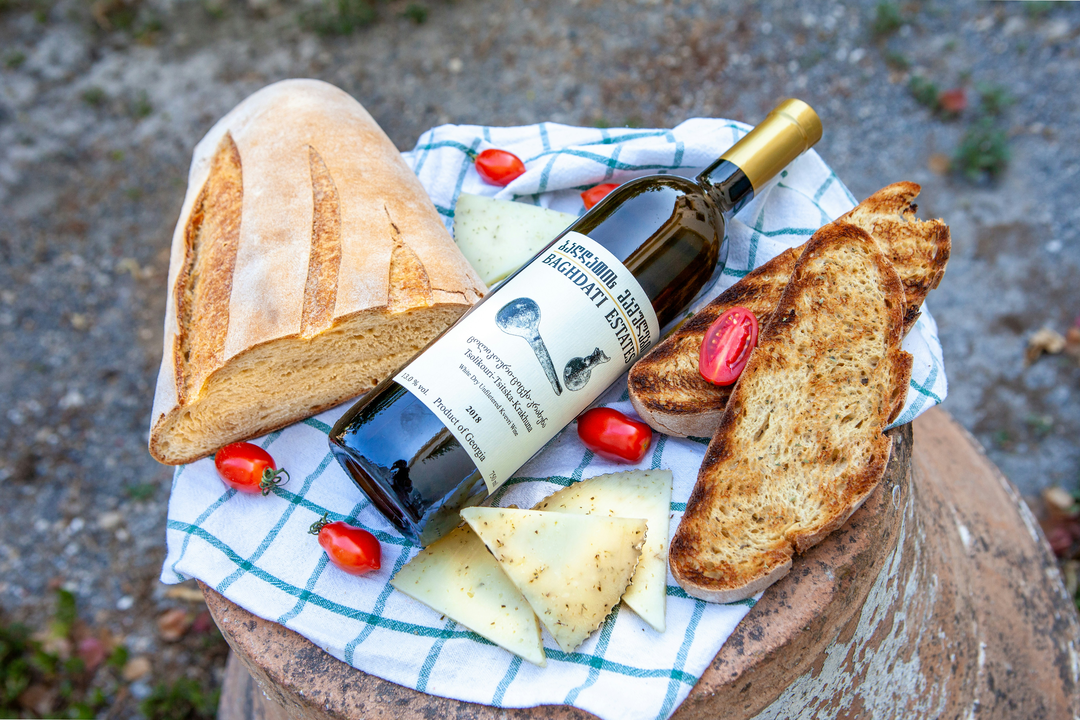In Georgia, breakfast is not part of the traditional daily rhythm. The local culture leans more toward a hearty midday meal or even skipping breakfast altogether. But in Tbilisi — a city blending centuries-old customs with a modern beat — you’ll find a growing scene of cafes and bakeries serving up mornings just the way you want them. Whether it’s a European-style brunch, a Turkish spread, or a real Georgian dish like Adjarian khachapuri, Tbilisi now knows how to do breakfast.
Here are seven great spots where your day can begin deliciously:
1. Kikodze Bar
One of the most beloved breakfast spots in the city, Kikodze is located at Wine Factory No. 1 on Petriashvili Street. Known for its stylish yet relaxed vibe, this bar-restaurant serves a thoughtful morning menu with dishes like poached eggs, granola, and fresh pastries. It’s where you go for both taste and atmosphere — a favorite among locals and visitors alike.
2. Stamba Cafe
Inside the iconic Stamba Hotel, this cafe pairs brutalist elegance with breakfast classics. The avocado toast and poached eggs are perfect, but you can also go local with a plate of fresh sulguni and bread. Great for people-watching or working on your laptop for a while.
3. Lolita
Just across the street from Stamba, Lolita is a cafe-restaurant with a more bohemian touch. Their terrace fills up fast on weekends. Try the ricotta pancakes or the mushroom scramble with toast. The coffee’s strong, the music low, the morning light golden.
4. Puri Guliani
For those who want a truly Georgian start to the day, Puri Guliani offers what is often called the most famous Adjarian khachapuri in Tbilisi. This is the dish — a boat-shaped bread filled with molten cheese, butter, and an egg yolk — that many locals consider the heart of a proper breakfast. It’s rich, satisfying, and unforgettable.
5. Hurma
A long-standing favorite among freelancers and expats, Hurma is known for its cozy feel and reliable food. Located on Petre Melikishvili Avenue, it offers a full breakfast menu: omelets, croissants, pancakes, and smoothies. It’s not fancy — just good food and quiet energy to start the day.
6. Chika Cafe
Tucked into a quiet courtyard in the Vera district, Chika Cafe feels like a friend’s kitchen — if your friend had great coffee, vintage furniture, and a menu full of well-balanced dishes. Their breakfast bowl is a favorite, and the homemade granola comes with seasonal fruit and a dollop of matsoni (Georgian yogurt).
7. Tiflis Veranda
Upstairs from the Old Town, this restaurant offers a panoramic view over the rooftops. Their Turkish breakfast is an abundant spread — cheeses, jams, olives, eggs, warm bread. If you’re looking for a peaceful, indulgent start to your day, this is it.
Whether you’re craving something light or rich, international or local, Tbilisi has found its morning voice. And with views like these and flavors this good — you’ll want to wake up early.




